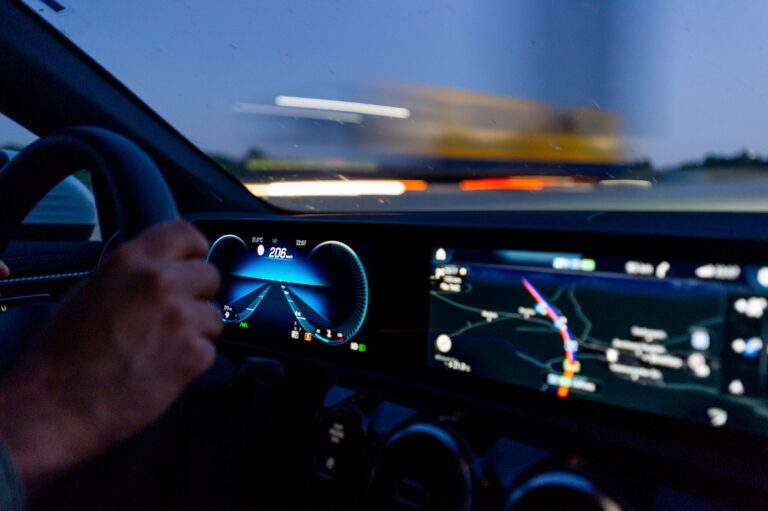Introduction
Autonomous driving technology has been a hot topic in recent years, with major advancements being made by leading automotive companies. But what exactly do we mean when we talk about autonomous driving? In this blog post, we will explain the 5 levels of autonomous driving, as defined by the Society of Automotive Engineers (SAE).
Level 0: No Automation
At level 0, there is no automation involved. The driver is fully responsible for all aspects of driving, including steering, acceleration, and braking. This is the traditional mode of driving that we are all familiar with.
Level 1: Driver Assistance
Level 1 introduces some basic driver assistance features, such as cruise control or lane keeping assist. However, the driver is still responsible for most of the driving tasks and must remain fully engaged at all times.
Level 2: Partial Automation
At level 2, the vehicle can take control of certain driving tasks, such as steering and acceleration, under specific conditions. However, the driver must still be ready to take over control at any moment. Examples of level 2 automation include Tesla’s Autopilot and Cadillac’s Super Cruise.
Level 3: Conditional Automation
Level 3 introduces conditional automation, where the vehicle can handle most aspects of driving under certain conditions. The driver can disengage from the driving task and do other activities, but must be ready to take over control when prompted by the system. Level 3 automation is not yet widely available in consumer vehicles.
Level 4: High Automation
Level 4 represents high automation, where the vehicle can handle all driving tasks under most conditions. The driver is not required to be constantly attentive and can even sleep or engage in other activities during the journey. However, level 4 automation is limited to specific geographic areas or road types.
Level 5: Full Automation
Level 5 is the highest level of automation, where the vehicle is capable of fully autonomous driving in all conditions and locations. There is no need for a human driver and the vehicle can operate without any human intervention. Level 5 automation is still a futuristic concept and is not yet commercially available.
Conclusion
As autonomous driving technology continues to evolve, it is important to understand the different levels of automation. From no automation to full automation, each level represents a significant advancement in vehicle autonomy. While some levels are already being implemented in consumer vehicles, others are still in the development stage. It will be interesting to see how autonomous driving technology progresses in the coming years and how it will shape the future of transportation.

